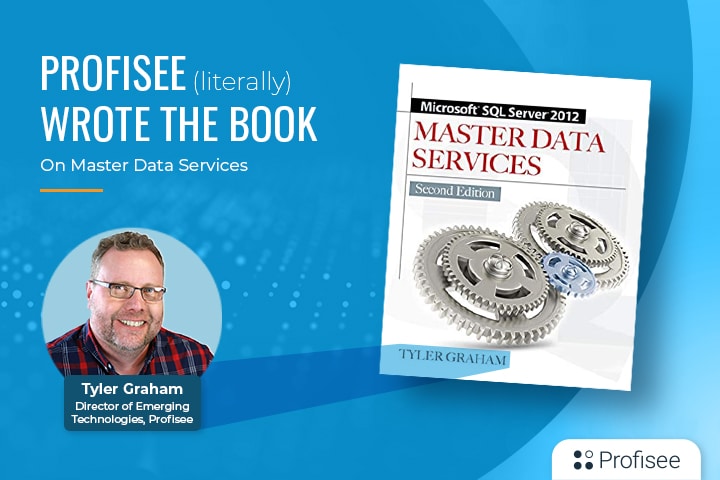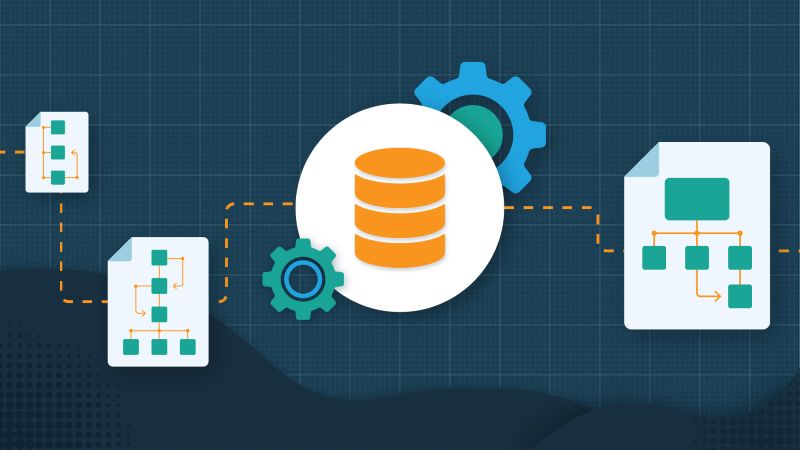As many organizations move from legacy solutions to integrated, cloud-native databases and applications, we felt it was a great time to share some of Profisee’s shared history with Microsoft Master Data Services (MDS) and provide migration options from this legacy product.
We had the pleasure of conducting a live webinar entitled, Master Data Services: Migration Options & Why You Should Switch on May 26 with one of the original authors of MDS, Profisee’s Director of Emerging Technologies, Tyler Graham. The live event centered around the importance of migrating from MDS in 2023 and why transitioning to a fully featured master data management (MDM) is so crucial for organizations in today’s modern data landscape.
During the session, Tyler spoke about Profisee’s shared history with MDS, how MDS’ features compare to modern data needs, who should consider upgrading from MDS and the Profisee MDM Migration Utility and the benefits of companies switching from MDS to a comprehensive MDM platform. Although many topics were discussed, it is important to note some of the highlights when considering a transition from MDS to MDM.
If you missed the live stream of the event, we’ve highlighted several key takeaways below — and be sure to watch the full webinar for the full experience.
1. Profisee Has a Rich History with Master Data Services
At the time MDS was released, it was a leading toolset for ‘enterprise dimension management’ so organizations could share and standardize relevant reference data, including customer lists, product lists, hierarchies, state codes, cost centers and more.
And if you are an MDS user, you may know that it has been a longstanding tool for reference data management. But you may not know that Microsoft developed and released SQL Server Master Data Services after acquiring Stratature in 2006.
Principals at Stratature helped form the idea of creating a platform that would build on top of established MDS benefits while extending it to address current inquiries within the market, including workflow, proper data stewardship, matching, merging and more.
One of those principals was Tyler himself, who was one of the original authors of MDS and literally wrote the book on it. He was the product manager for at least two MDS release cycles and remains one of the most knowledgeable experts on the topic.

2. Master Data Services is Not Built for 2022
Microsoft In 2017 advised Profisee to embrace Azure and move off MDS as MDS would not be moving to the cloud. Profisee has a long history with MDS — but by2018 we had removed MDS as a development platform and completely rebuilt our MDM platform from the ground up on a Platform-as-a-Service architecture to meet the data challenges of today.
While it is still technically supported, there are several considerations for organizations still using MDS today:
Master Data Services is Only Available On-prem
In addition, MDS is not engineered for the cloud, and running it in the cloud involves several workarounds making it a less-than-ideal platform for mission-critical operations – and that is before we consider that – compared to a modern MDM platform – it has rather limited capabilities.
MDS is only available on-prem with no Azure or other cloud support. This changes when transitioning to an integrated MDM platform. As you launch your new MDM platform, you enjoy its many benefits that no longer apply to MDS including match and merge, survivorship, enhanced data quality and stewardship capabilities with a real UI provided for stewards to interact with their data firsthand. In today’s marketplace, MDM is required to fully leverage your data and realize its potential.
Master Data Services Has Limited Capabilities
While MDS was an excellent reference data management tool in its day, it lacks some important features, such as match and merge, survivorship, enhanced data quality and stewardship capabilities with a sophisticated, configurable UI provided for stewards to interact with their data first-hand. In today’s marketplace, MDM is required to fully leverage your data and realize its potential.
In 2023, MDM is essential for a complete digital transformation. With Profisee MDM, you can:
- Implement match/merge capabilities to unify data across data silos
- Handle multiple data domains in a single implementation
- Natively integrate with the cloud
- Utilize full data stewardship applications and capabilities
It is also important to note for MDS users – who are presumably more Microsoft-centric – that Profisee MDM is not only cloud-native and can be implemented in any cloud, or on-prem, but is specifically tuned for the Azure cloud and is also available in both PaaS (Platform-as-a-Service – customer installs and maintains) and SaaS (Software-as-a-Service – fully maintained in Azure by Profisee) configurations. Profisee MDM also has native integration with key Azure components such as Microsoft Purview of enterprise governance, Azure Data Factory, Power BI, Synapse, etc. All these integrations are designed to make Profisee not only easier to implement and use, but to build a broader infrastructure for data management.
3. How to Decide Whether to Switch
As outlined above, there are good reasons to consider migrating off MDS, and for many who have come to rely on the centralized data management provided by MDS that time may be sooner rather than later. Let’s review the reasons to upgrade or stay on MDS with the graphic below:
4. Upgrading is Fast and Easy with Profisee MDS Migration Utility
Profisee’s MDS Migration Utility is available for free as part of the Profisee MDM platform, so you can migrate your MDS entities, hierarchies, users and groups with a few clicks. Transitioning from MDS to an MDM solution that spans your entire business system allows your organization to make the most of your critical data. With a smarter approach to data management doing so much to grow your business, the last thing your transition should be is costly or time-consuming.
When your company makes the leap from MDS to Profisee’s integrated MDM platform, you reap all the digital benefits. These include:
- The Profisee MDS Migration Utility as a free, native feature of for all customers on the latest release of the Profisee Platform.
- Seamlessly migrating users and groups from MDS and configure access in Profisee.
- The full-featured platform which is available in any cloud, on-prem or as a SaaS option for turn-key managed service.
- Modernizing your data management strategy with a full-featured data stewardship UI, customizable FastApps and modern data quality rules.
We also understand that moving away from MDS should not be a foreign concept forcing you to start from nothing. Profisee MDM retains many of the features of MDS while simply improving on them by adding critical matching, merging and survivorship – and a host of other capabilities – that are table stakes for data management in 2022.
At Profisee, we aim to inform business professionals about the many ways MDM strengthens their business and look forward to hosting more events such as these moving forward. To learn more, download the full webinar.
















